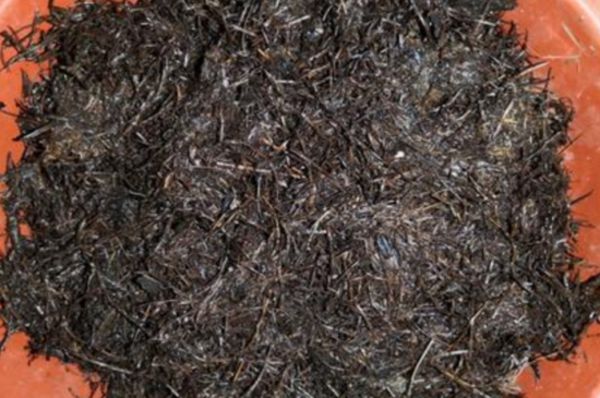Prevention and treatment of anthracnose in Cymbidium
Anthracnose is one of the plant diseases that occur in Cymbidium. In fact, such a disease is mainly caused by anthrax. It usually occurs at the tip and edge of the leaf.
Symptoms of Colletotrichum anthracnose: the symptoms are similar to leaf spot, showing moist brown spots at the initial stage of the disease, and sometimes pink colloid mucus, that is, the conidia disk and conidium pile of pathogens. After development and spread, the disease spot is semicircular or irregular oval red-purple or dark brown, the center is light brown or grayish white and slightly sunken, gradually expand after the onset of the disease, can be seen around the wheel marks, showing brown, the disease spot gradually atrophied and withered, the spot is scattered with black particles, causing the whole leaf to blacken and wither when the disease is serious. When summer comes, the temperature is getting higher, the rainfall is increasing, and the soil is too wet, which is the season most prone to anthrax. Improper fertilization, especially excessive amount of nitrogen fertilizer, or no application of phosphorus and potassium fertilizer is the main cause of the disease.
Related
- Is the orchid suitable for indoor use? Is it good for the body?
- How to prevent the empty root of orchids?
- What to do after the crab claw orchid is withered?
- Why are the leaves of orchids always yellow? Fertilizing and watering.
- Can the root of the gentleman orchid be saved if it is rotten?
- Diagnosis and treatment of cotton-blowing beetle insects in Cymbidium
- There is a way for a gentleman's orchid to rot.
- What is the most suitable temperature and humidity for the orchid?
- How to raise a gentleman's orchid? Cultivation techniques of Cymbidium
- How to prepare the nutritive soil for the cultivation of Cymbidium



